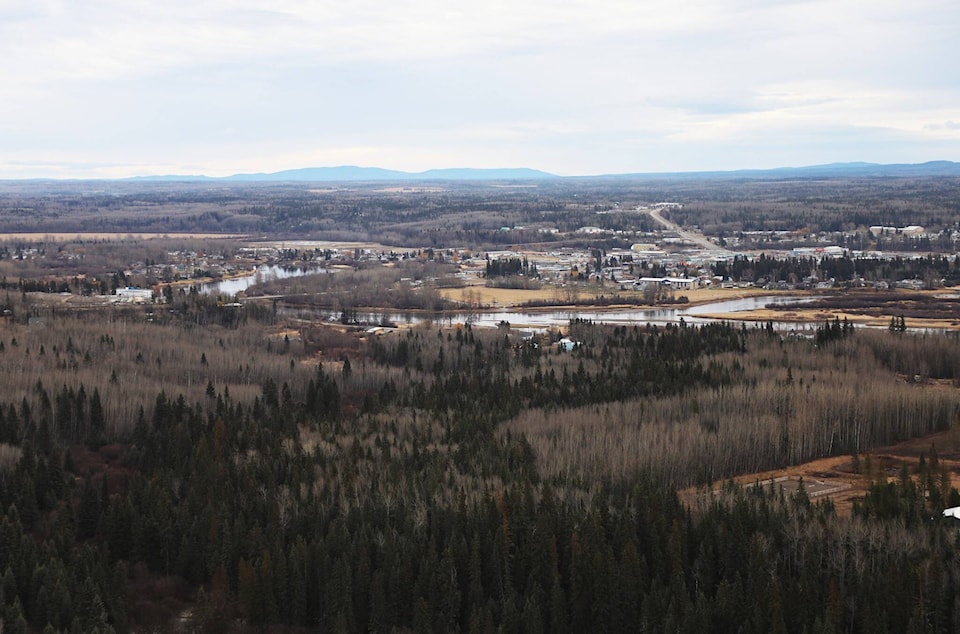Vanderhoof’s population declined by two per cent between 2016 and 2021 despite overall growth in B.C. according to Statistics Canada’s 2021 Census of Population released on Feb. 9, 2022.
The district’s population dropped by 88 people since 2016 and the census counted just 54 new private dwellings for 2021.
District Mayor Gerry Thiessen thinks stagnant growth in the region is partially because of policies in B.C. that favour large urban centres, that have led to higher growth in cities and less in rural areas.
Another concerning trend for the district is the phenomenon of “fly-in fly-out” workers. The mayor said a lack of access to a range of services means families who work in key industries like construction and forestry find it easier to live elsewhere and commute to the district for work.
“It used to be that when industry came to a smaller community, that industry kind of took care of that community. Those days have disappeared,” Thiessen said.
“We now see a lot more services in larger communities. That has forced us as a community to go back to the drawing board.”
He said increased reliance on the internet to access government services in smaller communities can also be an issue.
RELATED: Vanderhoof committee seeks regional input on housing shortage
“In the old days you could just walk down to the government agent’s office and a team of people were ready to serve you. Now it’s all online,” Thiessen said.
“We’ve been working very hard to get fibre into our community and make it easier for people to access those services.”
Thiessen said the district has also worked on making Vanderhoof more attractive for residents and newcomers alike — by investing in both indoor and outdoor recreational facilities.
Total private dwelling in the district rose to 1,885 in 2021.
Thiessen said increased regulations are a factor when it comes to solving the housing issue. The district has also appointed a committee to look into ways to deal with a lack of available housing.
“We’ve seen some challenges in mortgage availability and insurance in smaller communities. Those are real challenges.”
Thiessen said census data isn’t all discouraging and the information will help the district understand what needs to be done to increase growth.
Total population for the district was estimated at 4,434 in 2016 having dropped to 4,346 in 2021. A population under 5,000 people also means the district won’t have to pay the costs of policing.
“We were hoping that the census data would show that we were attracting more people into our community,” Thiessen said.
“We’re going to get more data as time goes on… I’m not discouraged by the census data and I feel that we as a council, and as a community, will understand much better what we need to focus on going forward.”
Do you have a comment about this story? email:
michael.bramadat-willcock@ominecaexpress.com
Like us on Facebook
